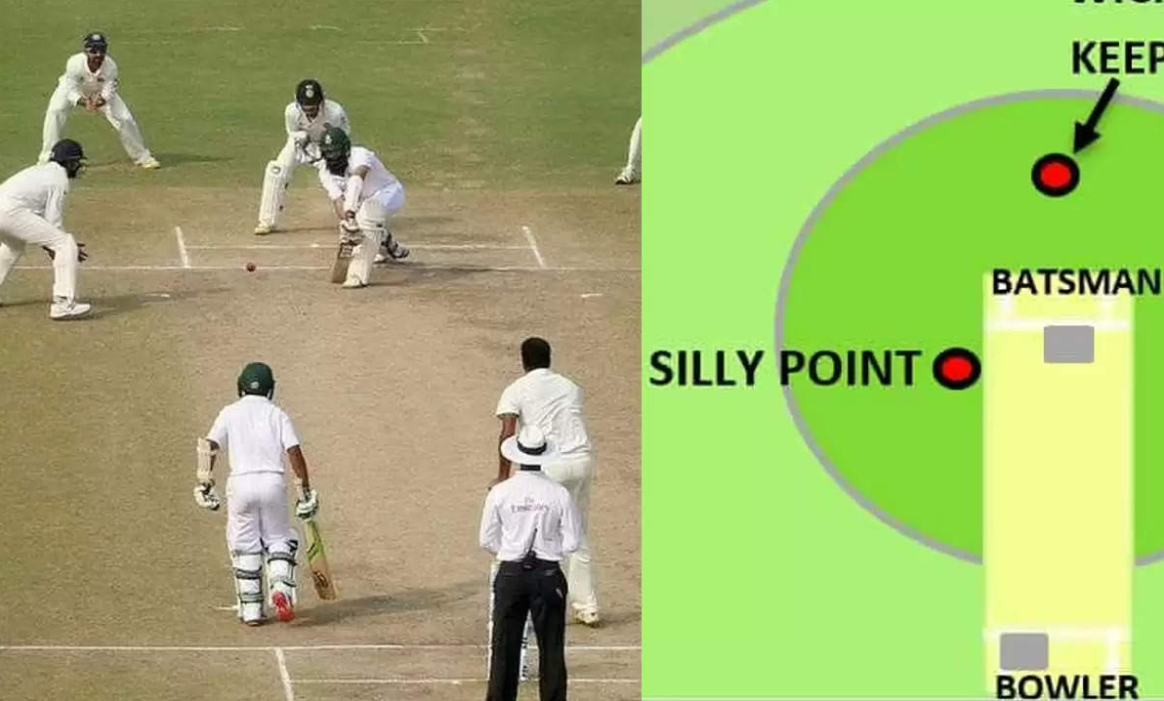

A point is an important field position in cricket. It is one of those areas where catches are routinely taken. Captains usually place the best fielder of the side in this position.
A shot hit by the batter from the ‘point’ of the bat sends the ball in a particular region on the off-side. This is the reason why the fielder placed in this area is called a point fielder. The fielder at point is positioned inside the 30-yard circle. The field position near the boundary ropes, in line with the point fielder is called deep point. Another variant of the point is called silly point.
‘Silly’ in cricket is a common prefix for field positions that are absurd and weird. Silly point is one such field position where the fielder stands just outside the margins of the pitch in close proximity to the bat. This is a dangerous and one of the most difficult positions to field at. Players usually wear a helmet while fielding at silly point.
The fielder at silly point is more commonly seen when a spinner comes to ball. The position is commonly seen in test cricket matches. When mistimed defensive shots are hit, the silly point fielder often gets an opportunity to catch the ball. However, it is a severe test of this fielder’s reflexes and spontaneity. Additionally, the player at silly point has to be fearless enough to dodge a powerful stroke.
In 1998, Indian cricketer Raman Lamba found himself fielding at silly point in a match in a league match in Bangladesh. Since only three balls were left before play stopped for the day, Lamba opted not to wear a helmet. The decision proved a disaster, as a shot by the batter hit Lamba’s temporal bone. He died three days later due to internal hemorrhage.
Silly point continues to be a legitimate field position despite its risks. It has often been since as a psychological advantage over the batter who would hesitate to hit a shot on the off-side.




